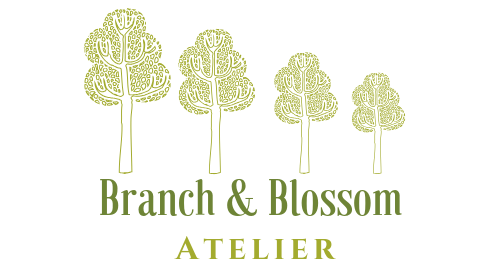Do you ever feel like your child thinks the world revolves around him? Well, that’s probably because he does. And it is normal. Piaget claimed that children ages 2-7 are in a period of development that is hallmarked by egocentrism. This means that children in this age range are unable to think about other people’s points of view. They are focused on themselves.
What better time to work on self portraits?
This age range also happens to be a crucial time in writing and drawing development. Children around the age of 18 months begin scribbling. With time and experience, children’s fine motor skills will further develop and they will gain more control over these scribbling movements.
Between the ages of 2-3 years, specific forms/shapes begin to appear in children’s drawing. By the ages of 3-4 years, children are able to draw beginning representations.
As children get older, they become more and more concerned with drawing exactly what they see.
Setting up this activity:
1. Provide mirrors, lots of paper, and writing utensils.
I was inspired by the simple black marker drawings I saw the preschool children doing in Reggio Emilia only recent visit.
2. Ask children guiding questions if they get stuck.
My youngest-middle didn’t know how to get started. As he looked into the mirror, I asked him what shape his face was. He decided it was not a circle, and was more of an oval.
3. Revisit the experience.
It’s amazing to see the progression of changes that happen in a child’s drawing. It’s particularly evident when the subject matter is the same.
***I love the idea of using real artist materials with children, but very young children are probably not ready yet. Be sure to provide nontoxic, washable markets
Here is a fantastic article about the development of writing in young children. As an added bonus, the author ( Dr. Crosser) was my professor in undergrad!
I love this quote from her:
“Like no other activity, drawing allows young children to express emotions, experience autonomy, and build confidence.” —Dr. Crosser,

















